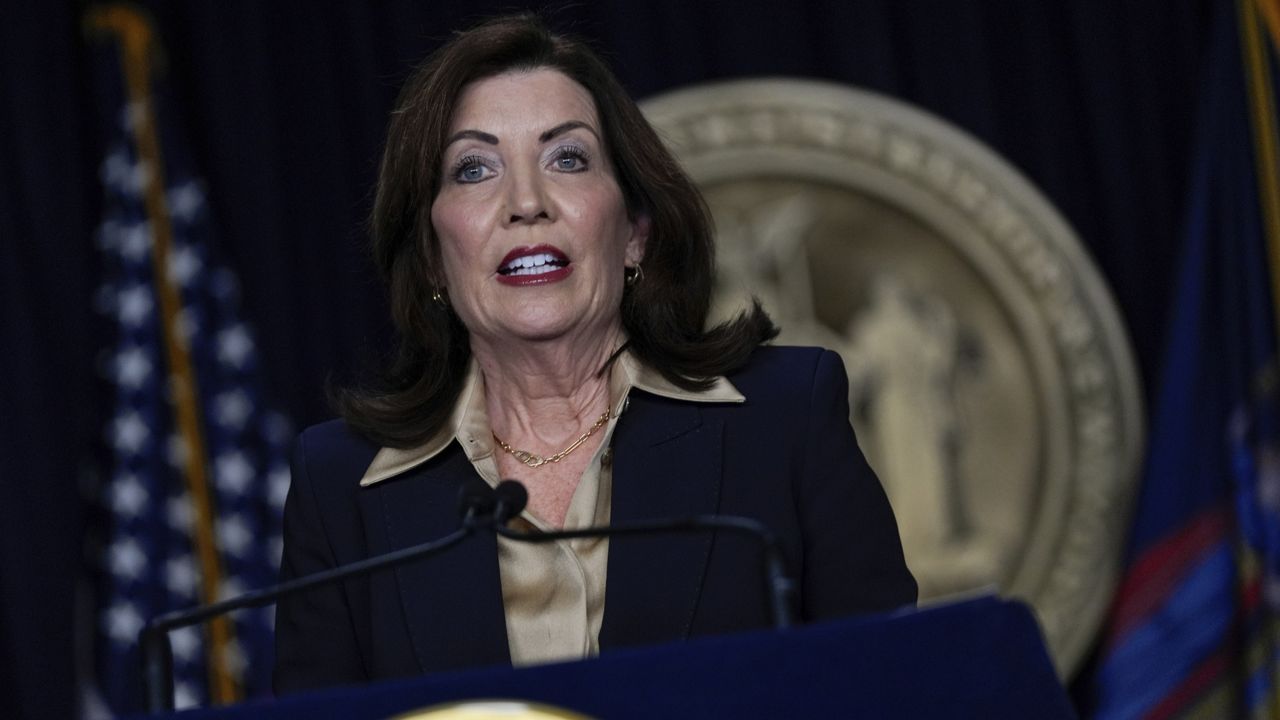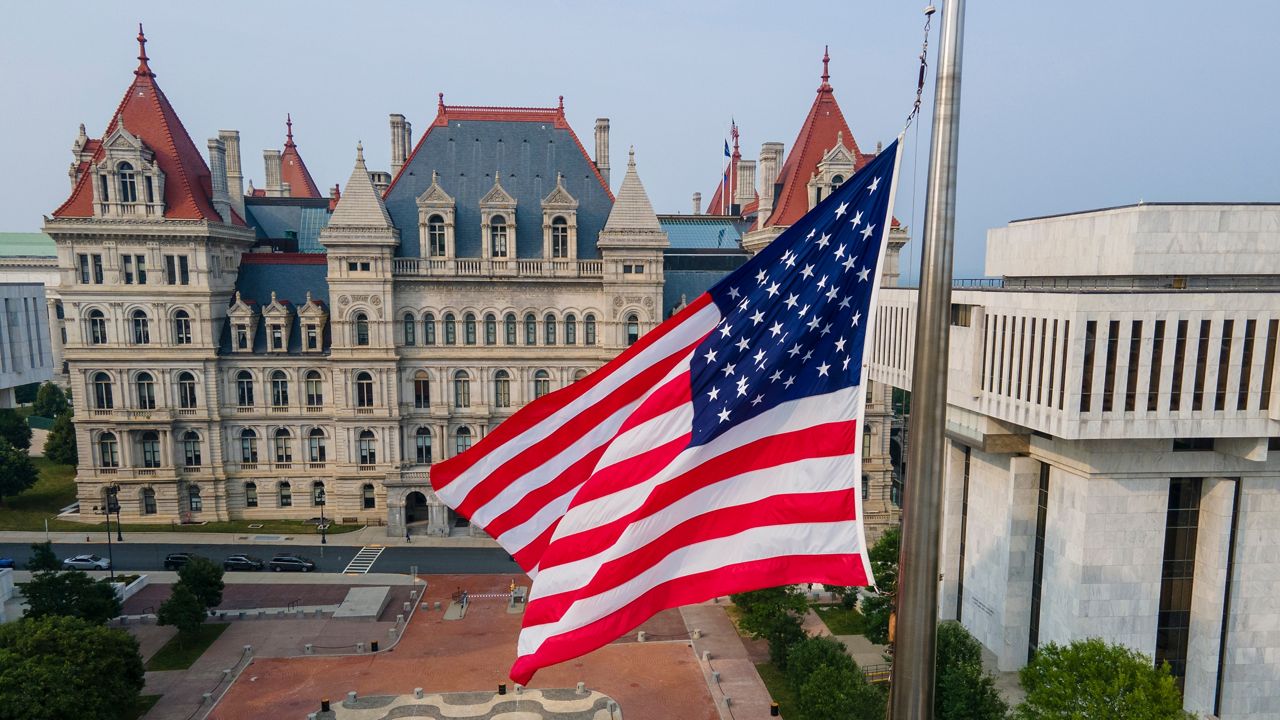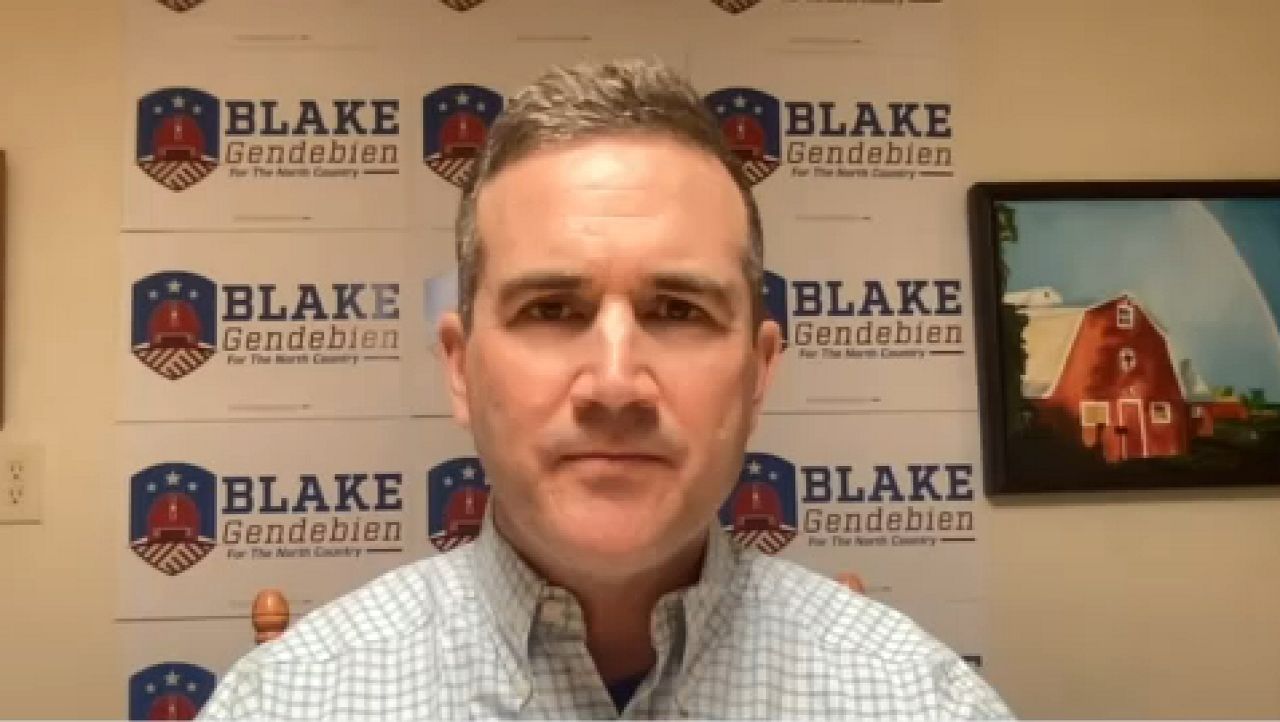New legislation introduced in the state Assembly poses stricter guardrails for New York's Cap-and-Invest program than an early framework of the emission-reduction program state agencies released days before Christmas.
Assemblywoman Anna Kelles, a member of the Environmental Conservation Committee, is sponsoring a bill to develop cap-and-invest in the state after it was included in the last budget with little structure.
The program would cap the state's annual permitted greenhouse gas emissions to meet mandates of the 2019 Climate Act, and require businesses to buy credits to emit pollutants if they exceed the limit.
Kelles takes issue with a provision included in the outline released Dec. 20 by the state Department of Environmental Conservation and state Energy Research and Development Authority, which allows businesses to hold onto, or sell, allowances they don't use — creating a secondary market.
"We called it a cap-and-invest — and cap-and-invest it is not," the assemblywoman said Monday. "This proposal is a cap-and-trade."
Second Stage of Pre-Proposa... by Matthew
Kelles said the state's proposal to allow businesses to sell their credits would push corporations to prioritize making a profit off them instead of converting to renewable energy to stop purchasing credits in the future — defeating the purpose of the program.
"This is like banking on only one guardrail, which is that the amount of allowances that they are releasing is dependent on the cap, which reduces over time," Kelles said. "So there's less guardrails than I would like."
The assemblywoman will push for her legislation to shape how the DEC and NYSERDA establish New York's Cap-and-Invest program. Her proposal creates guardrails for how the money collected from businesses is spent, and allows businesses to bank unused credits in reserve, but not sell them to other entities.
The legislation and state's pre-proposal both create a floor and ceiling for the credit price for polluters and require a portion of credits be reserved in case of unforeseen events.
DEC and NYSERDA released a Climate Affordability study Dec. 20 to examine the best ways to use cap-and-invest program funds, recommending refundable tax credits or using existing benefit programs. Money from the program is expected to be used for renewable energy projects and consumer rebates.
“New York’s Cap-and-Invest Program, once designed and implemented, will be a critical tool to help the state advance its clean energy goals in an affordable and equitable way," NYSERDA President and CEO Doreen Harris said when the outline and study were released. "The pre-proposal outline and the Climate Affordability Study provide necessary information to help stakeholders inform DEC and NYSERDA in shaping a program that brings meaningful benefits to New Yorkers.”
The agencies will hold virtual meetings with stakeholders through the end of January to get input as part of work to draft regulatory proposals.
“New York State is developing a cap-and-invest program to effectively reduce climate pollution while advancing environmental, public health and economic benefits to communities," DEC Commissioner Basil Seggos said. "Robust stakeholder engagement is critical to standing up a cap-and-invest program that works for all New Yorkers and the release of the pre-proposal and affordability study provide DEC and NYSERDA with opportunities to further engage with New Yorkers with a wide range of points of view to help implement NYCI in a just and equitable manner."
Lawmakers and Gov. Kathy Hochul disagreed last year on the program's oversight to ensure the money is spent on renewable energy projects and tax rebates.









